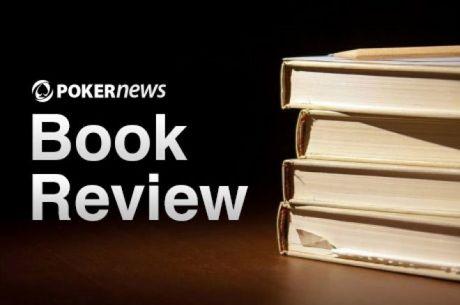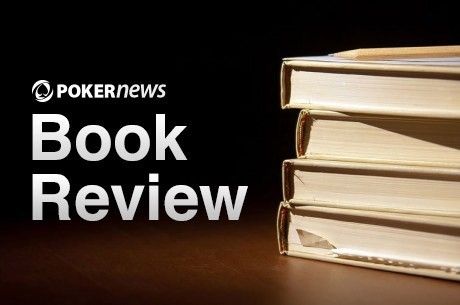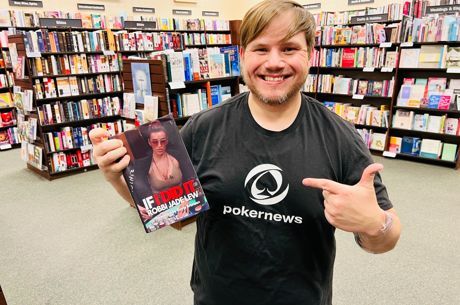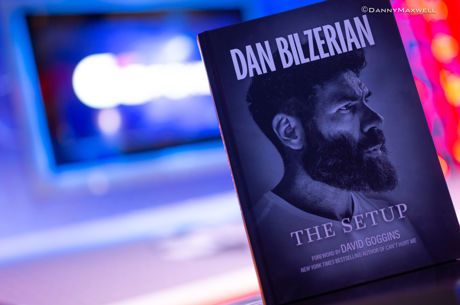PokerNews Book Review: Live No-Limit Cash Games by Jonathan Little
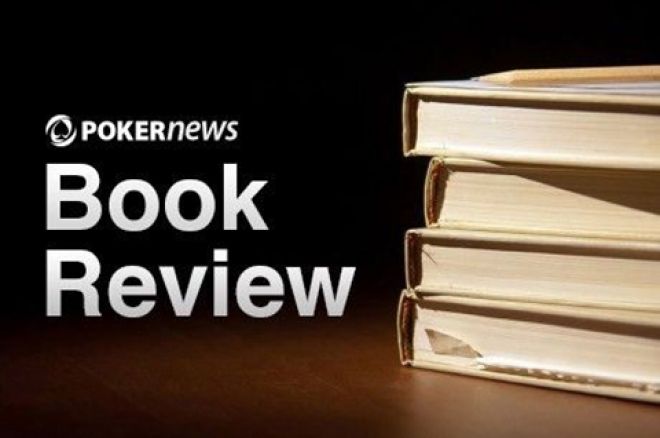
Releasing a book is a feat on its own, but to release two books in the same month? It’s unheard of, unless you’re Jonathan Little.
PokerNews Senior Editor Chad Holloway recently reviewed Little’s e-book, The Main Event with Jonathan Little, which provided an in-depth analysis of 54 poker hands he played during the 2014 World Series of Poker.
Prior to the release of his tournament book, Little released a paper-back unlike what he's known for. He ventured away from multi-table tournament strategy and dove into the realm of cash games with, Jonathan Little on Live No-Limit Cash Games: Volume 1: The Theory (Poker).
There are few books out there that can offer a wholesome approach to today’s live poker game climate. Even for Little, known for his loose-aggressive strategy, he has found a balance in his books and writing and portrays more of an adaptable strategy, necessary to excel in today’s ever-evolving games.
And when players are asked what strategy they try to employ at the tables, most answer that they are either tight-aggressive or loose-aggressive. However, there are few that understand the "why" behind their decisions. While most books offer starting-hand charts and only cover a few situations, Little floods his reader with many situations in different positions against different opponents that help a player to build an intuition on the decisions they make before going forward in a hand.
The book starts out with some basics, but then quickly dives into post-flop theory and opponent types. Little even finishes his book with his thoughts about the skills necessary to focus on while off the felt. And the best part of all of this is that he is knowingly speaking to an audience that is interested in learning the nuances of live no-limit cash games. With online games getting as tough as they have since Black Friday, this book can help transform a beginning player into an intermediate player and even help refresh the mind of a struggling advanced player.
It’s no mystery that live cash games are quite possibly the most profitable aspect of poker. At the risk of giving up their edge, it’s rare to see professional poker players releasing information to the public, much less publishing a book at a low cost. Considering buy-ins range anywhere from $300 and upwards of a few thousand dollars, the $24.59 price tag on Amazon seems like a solid investment at potentially plugging any leaks you may not even know you had.
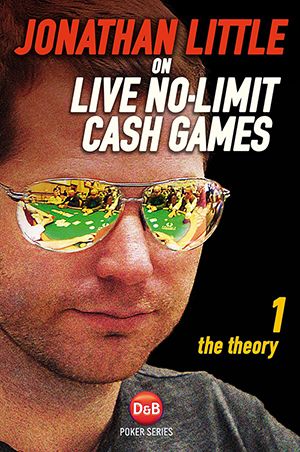
PokerNews had the chance to chat with Little about his book and the reasons for creating a cash-game book over his traditional multi-table tournament format.
PokerNews: Players try to conceal strategy information. Why have you chosen to share your years of observations about live no-limit hold'em cash games?
Little: I have always had a strong desire to help people who have the self-discipline and motivation to work hard to improve their poker game. I suppose I see myself in them. When I started playing poker, there was no consolidated source of good poker knowledge, forcing me to waste countless hours reading through junk to find a key piece of information. If I can save an inspired poker player a ton of time, allowing them to spend their time in an intelligent manner, I am more than happy to do so.
Why do you think there hasn't been a strong market of writers publishing cash-game strategy books in recent years?
Most good cash-game players spend all of their time playing cash games. Also, most good cash-game players play in the same games on a regular basis. Since I spend most of my time playing in cash games with players who are unknown to me because I am frequently traveling the major tournament circuit, I do not have to deal with the issue of my opponents knowing exactly how I play. Also, cash games are hard. This book was by far the most difficult one to write out of all of my books.
How was this different for you compared to writing strategy for tournaments?
Cash games are much different than tournaments because the stacks usually remain deep indefinitely. In tournaments, you can often get away with being a mediocre deep-stacked player, but in cash games, if you do not know how to play with a deep stack, you will get demolished. In general, deep stacks are much more difficult to play than shallow stacks because your turn and river decisions are usually for huge amounts of money, assuming you play in an aggressive manner. This led me to focusing a lot on turn and river decisions in this book, which is where the game is the most difficult.
Games are now much tougher online compared to years ago, do you think live no-limit hold'em cash games are more difficult as well or have the potential to become too difficult in the future?
I don't think many games are "too difficult." Table selection had always been a vital key to the success of cash-game players. If everyone is good, you should not expect to win. Finding a good table is a mandatory skill you must develop if you want to succeed. It seems like, at least at the highest stakes, that the games currently only run when a weak player wants to play. Good professionals realize there is no value to be had playing against each other. That being said, it is tough to find a $10/$20 game that does not contain a few weak players.
Can you tell us about your future book projects?
My next book, Jonathan Little on Live No-Limit Cash Games, Volume 2, which is also a quiz book where I analyze 100 hands I played at $10/$20 and $20/$40 no-limit cash games at Commerce, will be released in March 2015. Besides that, I am working on a few other major projects that I will be able to discuss in detail sometime in the future.
To get your copy of Little's offerings, along with many other quality poker books, visit the PokerNews Book Section.
Get all the latest PokerNews updates on your social media outlets. Follow us on Twitter and find us on both Facebook and Google+!

